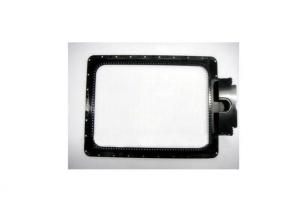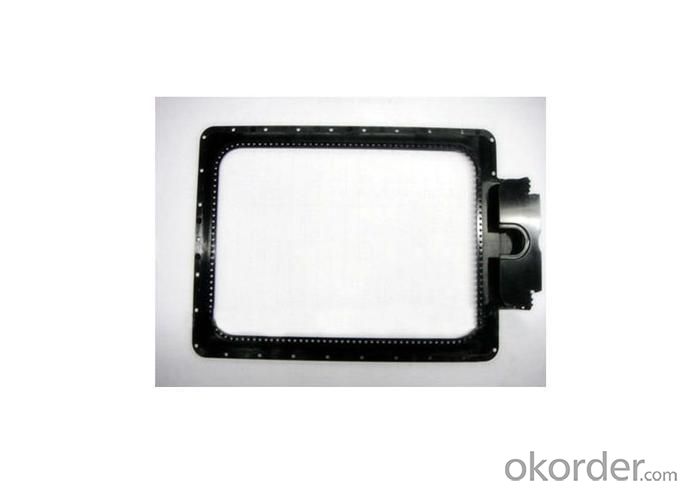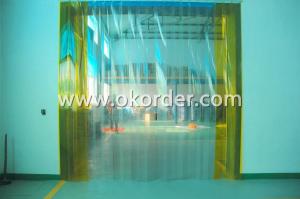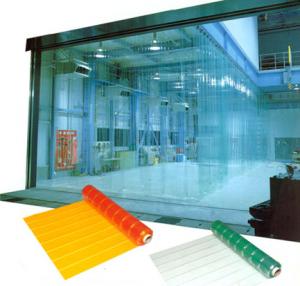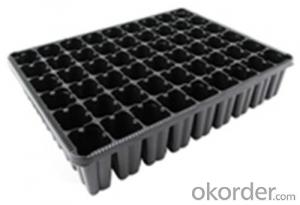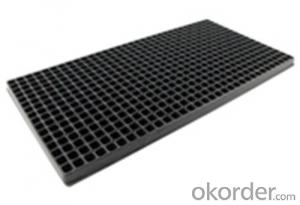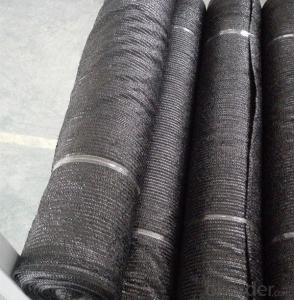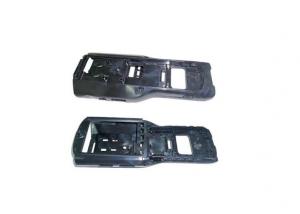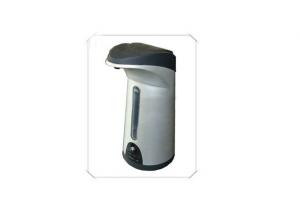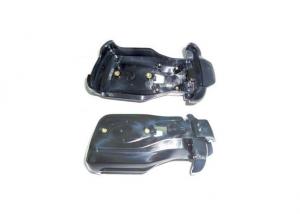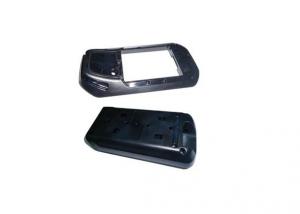Injectables 18
- Loading Port:
- China Main Port
- Payment Terms:
- TT or LC
- Min Order Qty:
- 1 Piece watt
- Supply Capability:
- 100 Pieces per Month watt/month
OKorder Service Pledge
OKorder Financial Service
You Might Also Like
Detailed Product Description
1.S136 steel+heat treatment.
2.Mould base:FUTABA from swiss
3.Develop time:20 days after coordination.
4.18 years experience.
What Our Manufacture Does:
1.Automobile : Air –outlet / vent,Rearview mirror,Instrument panel ,Horn so on.
2.Electronic : Wireless receiver parts, USB housing, Mobile phone plastic part, Loptop cover and parts,
remote control , key-press. etc...
3.Mechanical : Percision instrument, Motor support part ,Pump plastic part.
4.Our customers : BBK, Sony, NEC, Sumsung, Sony, Starbucks, Disney, etc...
- Q: Are there any innovative uses of electronic plastic?
- Yes, there are several innovative uses of electronic plastic. One example is the development of flexible and stretchable electronic devices, such as wearable sensors and displays, which can conform to different shapes and surfaces. Electronic plastic is also being used to create lightweight and durable components for electronic devices, enabling the production of thinner and more efficient gadgets. Additionally, electronic plastic materials are being explored for applications in 3D printing, energy storage, and even biomedical devices.
- Q: What are the main advancements in electronic plastic technology in recent years?
- In recent years, the main advancements in electronic plastic technology have been in the areas of flexible and stretchable electronics, organic photovoltaics, and printed electronics. These advancements have allowed for the development of lighter, more versatile and energy-efficient electronic devices. Flexible and stretchable electronics have enabled the creation of wearable devices and foldable displays, while organic photovoltaics have made solar cells more efficient and cost-effective. Printed electronics have revolutionized the manufacturing process by allowing for the direct printing of electronic circuits, reducing production time and costs.
- Q: Can electronic plastic be used in medical devices?
- Yes, electronic plastic can be used in medical devices. Electronic plastic, also known as conductive polymer, offers several advantages such as flexibility, biocompatibility, and ease of integration into medical devices. It can be utilized in various applications including sensors, electrodes, and drug delivery systems, making it a suitable material for medical devices.
- Q: How does electronic plastic contribute to the reduction of power consumption in electronic devices?
- Electronic plastic, also known as conductive polymer, plays a crucial role in reducing power consumption in electronic devices. This material possesses unique properties that allow for efficient energy management. By utilizing electronic plastic, manufacturers can create more energy-efficient components, such as flexible and stretchable circuits and low-power organic light-emitting diodes (OLEDs). These advancements enable the production of lightweight and portable devices with lower power requirements, leading to reduced energy consumption and longer battery life. Overall, electronic plastic facilitates the development of energy-efficient electronics, thereby contributing to the reduction of power consumption in electronic devices.
- Q: How does electronic plastic impact the overall recyclability of electronic devices?
- Electronic plastic can have a significant impact on the overall recyclability of electronic devices. It is often used in the casing and components of electronic devices, making up a considerable portion of their overall weight. However, electronic plastic can be challenging to recycle due to its complex composition and the presence of hazardous substances. Improper disposal or recycling of electronic plastic can lead to environmental pollution and health risks. Therefore, the recyclability of electronic devices is heavily influenced by the ability to effectively and safely recycle electronic plastic components.
- Q: How does electronic plastic contribute to the design flexibility of electronic devices?
- Electronic plastic, also known as flexible or organic electronics, greatly contributes to the design flexibility of electronic devices. Unlike traditional rigid components, electronic plastic allows for the creation of bendable and stretchable devices, enabling innovative and unconventional designs. This flexibility enables devices to be seamlessly integrated into various shapes and forms, such as curved displays, wearable gadgets, and flexible circuit boards. Additionally, electronic plastic offers the potential for lightweight and thin devices, making them more portable and enhancing user experience. Overall, electronic plastic revolutionizes the design possibilities of electronic devices, fostering creativity and opening up new avenues for technological advancements.
- Q: What are the environmental stress cracking resistance properties of electronic plastic?
- The environmental stress cracking resistance properties of electronic plastic refer to its ability to resist cracking when exposed to environmental factors such as chemicals, moisture, and temperature fluctuations. This property is crucial for ensuring the durability and longevity of electronic devices, as cracking can lead to performance issues and even failure. Therefore, electronic plastics are specifically designed and tested to have high environmental stress cracking resistance, providing protection against various environmental stresses commonly encountered in electronic applications.
- Q: What are the chemical resistance properties of electronic plastic?
- Electronic plastics typically exhibit excellent chemical resistance properties. They are designed to withstand exposure to various chemicals commonly found in electronic devices, such as solvents, oils, and cleaning agents. This resistance helps protect the plastic components from degradation, ensuring the longevity and reliability of electronic devices.
- Q: How is electronic plastic used in telecommunications?
- Electronic plastic is commonly used in telecommunications for various purposes. It is used for manufacturing components such as connectors, cables, and circuit boards. These components play a vital role in transmitting signals, connecting devices, and ensuring smooth communication processes. Electronic plastic provides benefits such as high durability, electrical insulation, and resistance to heat and moisture, making it ideal for telecommunications equipment.
- Q: How does electronic plastic contribute to the overall aesthetics of electronic devices?
- Electronic plastic contributes to the overall aesthetics of electronic devices by offering a wide range of colors, finishes, and textures. It allows for sleek and modern designs, making the devices visually appealing and attractive to users. Additionally, electronic plastic can be molded into various shapes and forms, enabling manufacturers to create slim and lightweight devices with smooth and seamless surfaces.
1. Manufacturer Overview
| Location | Guangdong, China |
| Year Established | 2011 |
| Annual Output Value | US$50 Million - US$100 Million |
| Main Markets | North America South America Eastern Europe Eastern Asia Western Europe Northern Europe Southern Europe Domestic Market |
| Company Certifications | ISO 9001:2000; ISO 14001:2004 ;OHSAS 18001; RoHS ; SGS ; |
2. Manufacturer Certificates
| a) Certification Name | |
| Range | |
| Reference | |
| Validity Period |
3. Manufacturer Capability
| a) Trade Capacity | |
| Nearest Port | Hong Kong,ShenZhen |
| Export Percentage | 21% - 30% |
| No.of Employees in Trade Department | 3-5 People |
| Language Spoken: | English, Chinese, Japanese, Korean |
| b) Factory Information | |
| Factory Size: | 50,000-100,000 square meters |
| No. of Production Lines | Above 10 |
| Contract Manufacturing | OEM Service Offered |
| Product Price Range | Average |
Send your message to us
Injectables 18
- Loading Port:
- China Main Port
- Payment Terms:
- TT or LC
- Min Order Qty:
- 1 Piece watt
- Supply Capability:
- 100 Pieces per Month watt/month
OKorder Service Pledge
OKorder Financial Service
Similar products
Hot products
Hot Searches
Related keywords
